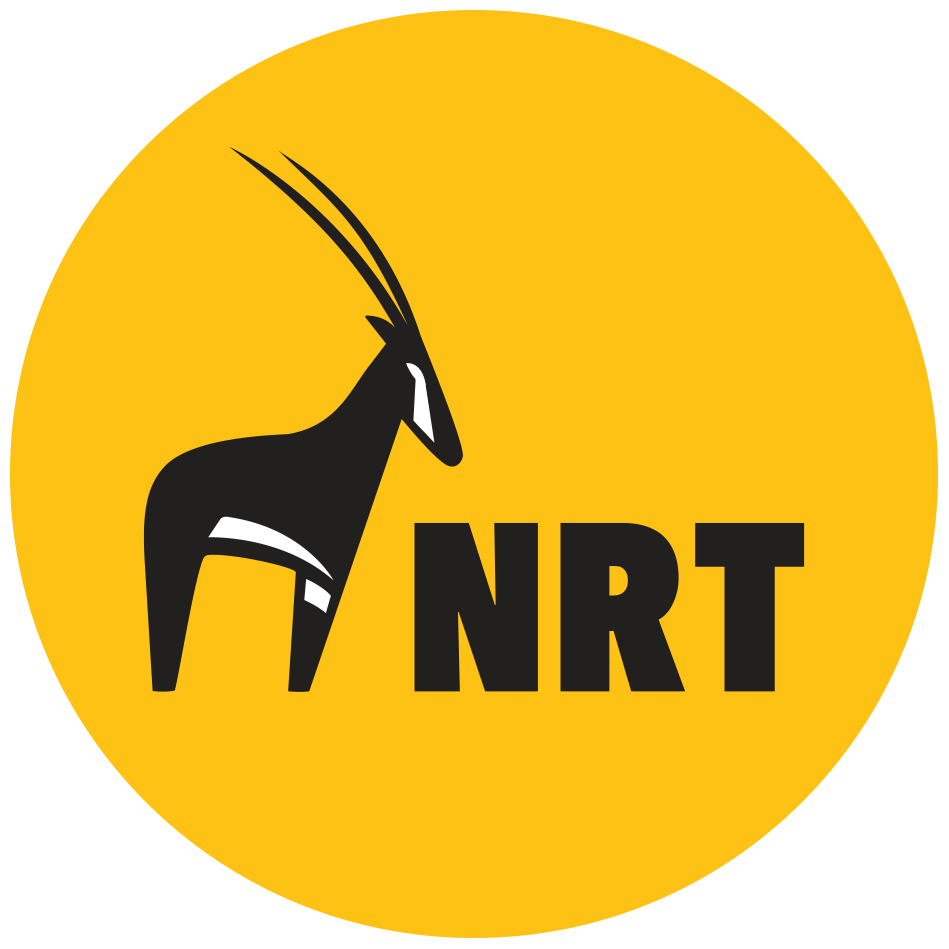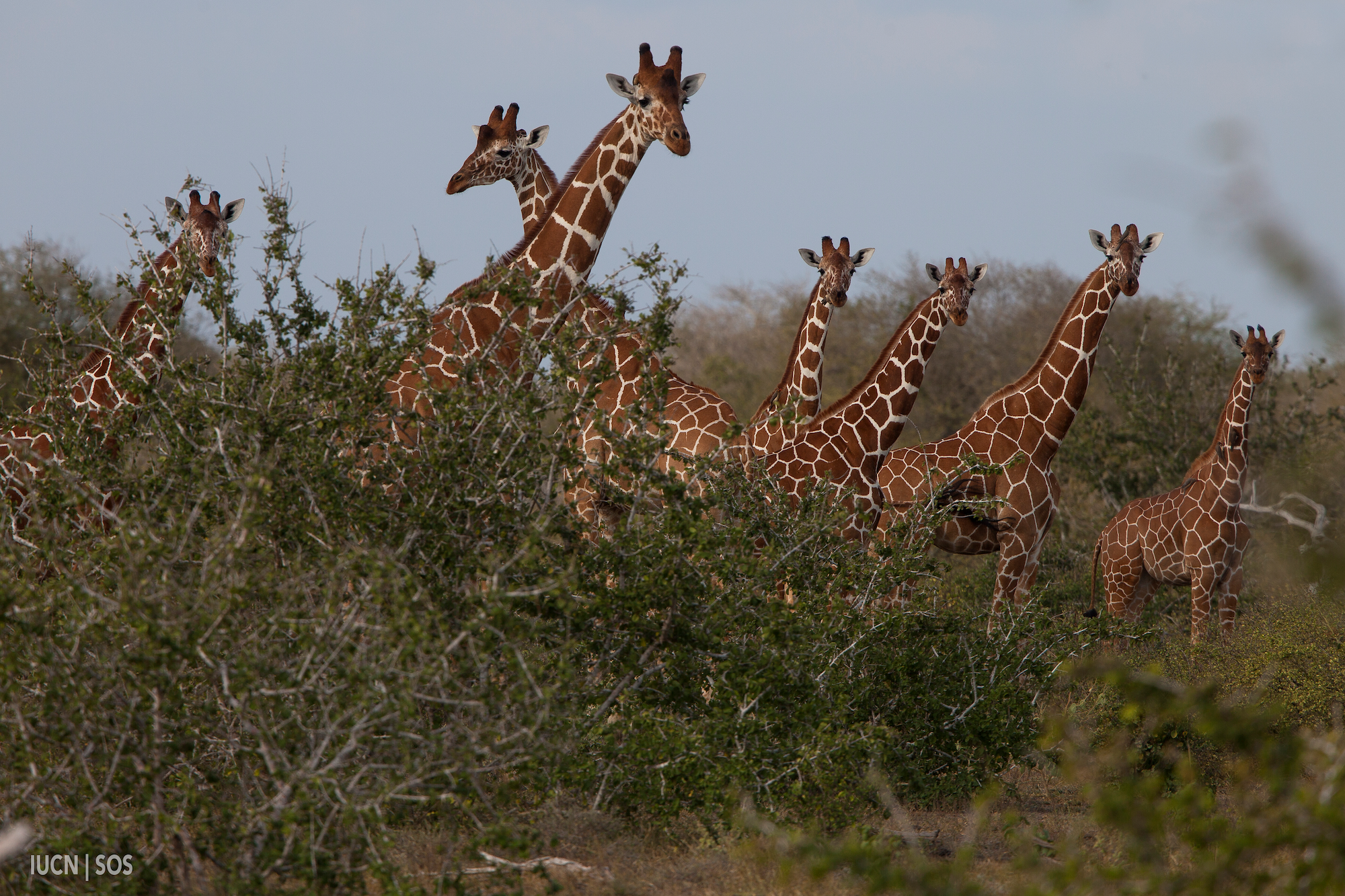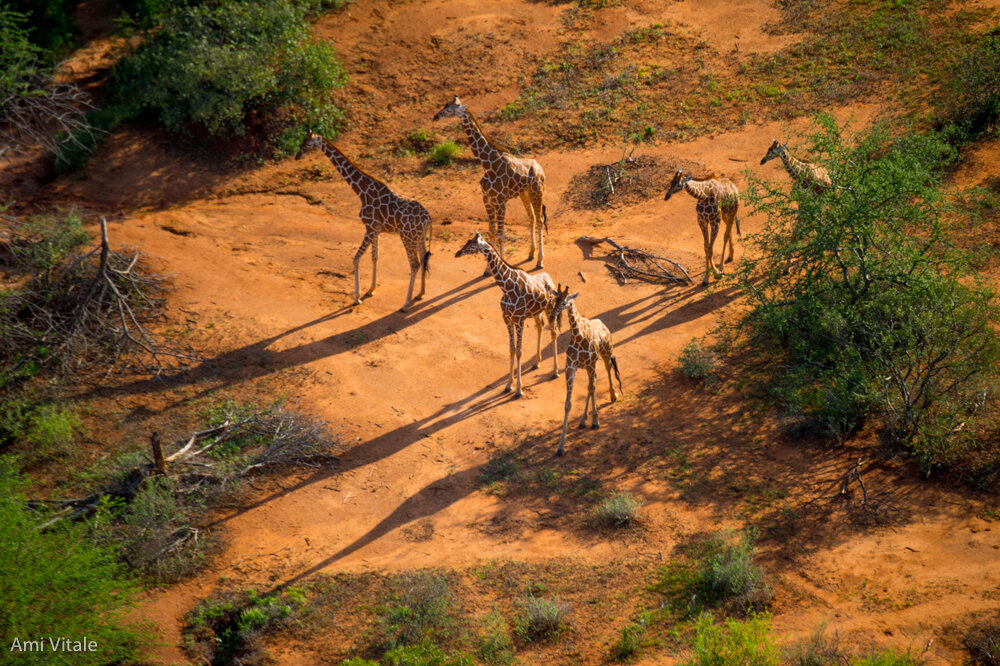Stopping The Silent Extinction
During the first week of September, 28 giraffe were collared in Sera, Kalama, Westgate and Biliqo Bulesa community conservancies, as well as Loisaba Conservancy and Mpala Ranch, as the largest giraffe collaring operation in history came to a close. 39 giraffes have now been GPS-collared in northern Kenya, through a partnership between community conservancies, NRT, Loisaba Conservancy, the Giraffe Conservation Foundation, and San Diego Zoo Global. They are providing invaluable data to scientists and conservationists, and helping communities on the ground to shape the most effective conservation measures - before it’s too late.
According to the Giraffe Conservation Foundation (GCF), giraffe numbers have declined by almost 30% in just over three decades, to approximately 111,000 left in the wild. It is likely that there were ten times as many only a century ago, and the effects of habitat loss, poaching and land degradation have had devastating impacts on populations.
The GCF estimates that Kenya has approximately 29,200 giraffe, which accounts for almost 30% of the African population. But relatively little is known about their movements, preferred habitats, and the extent of their interaction with the pastoralist communities they share the landscape with. This makes it difficult to accurately assess the most pressing threats to their survival, and how best to help.
Populations of reticulated giraffe, found across many NRT member conservancies, have experienced a drastic decline of around 60% in the last two decades. So the need has never been greater.
That is why NRT has partnered with the GCF, San Diego Zoo Global, the Kenya Wildlife Service and others for the Twiga Walinzi initiative, a community-led conservation program that works hand-in-hand with pastoralists. The program’s primary goals are:
Gathering data on giraffe population numbers, seasonal habitat usage and movement patterns, and interactions with livestock;
Gathering social science data on co-existence and conflict between giraffe, people, and livestock;
Increasing giraffe protection through community outreach and education;
Building in-country capacity around giraffe conservation; and
Supporting the operations of community conservancies and specialised anti-poaching teams.
GPS-collaring is an important part of this. Data from collared giraffes has already been vital towards understanding movement patterns, as well as possible movement corridors and preferred areas of habitat. The giraffes collared in community conservancies in September will help grow this database. Whilst the animals were tranquillised, veterinarians took the opportunity to collect important biodata such as physical measurements and genetic and blood samples.
The Twiga Walinzi team on the ground are all employed from the local community, and conduct all the field research. They monitor and keep records on individual animals, engage communities, remove poaching snares from areas of habitat, and carry out the social surveys in Loisaba and Namunyak conservancies, gathering data from community members on their attitudes toward giraffes and poaching.
The Twiga Walinzi work complements the Ministry of Wildlife and Tourism’s four-year Recovery and Action Plan for Giraffes in Kenya in 2018.
GIRAFFES; SPECIES & SUBSPECIES
The International Union for the Conservation of Nature (IUCN) currently recognises one species (Giraffa camelopardalis) and nine subspecies of giraffe. But after comprehensive DNA sampling and analysis of all major natural populations of giraffe throughout their African range by the GCF and the Senckenberg Biodiversity and Climate Research Centre (BiK-F), an update of the traditional taxonomy now exists.
This study revealed that there are four distinct species of giraffe, and five subspecies. The four distinct species are Masai giraffe, Northern giraffe, Reticulated giraffe and Southern giraffe.
The Angolan and South African giraffe are the two subspecies of the Southern giraffe, while the Nubian, Kordofan and West African giraffe are subspecies of the Northern giraffe. The Rothschild’s giraffe is genetically identical to the Nubian giraffe. As the nominate species, Nubian giraffe takes precedence and Rothschild’s giraffe is thus subsumed into it.
Kenya is home to the reticulated, Masai and Nubian giraffes. There are estimated to be around 15,650 reticulated giraffes in Kenya (classified as endangered by IUCN), found most commonly in the northern and eastern areas of the county. Masai giraffe - also classified as endangered - inhabit the savannah and woodlands of southern Kenya, and there are thought to be around 12,700 individuals here. Finally, the Nubian giraffe (a subspecies of the northern giraffe, formerly Rothschild’s giraffe) are scattered across fragmented areas in western and central Kenya. The Nubian giraffe is listed as critically endangered, and there are thought to be around 625 individuals in Kenya.




